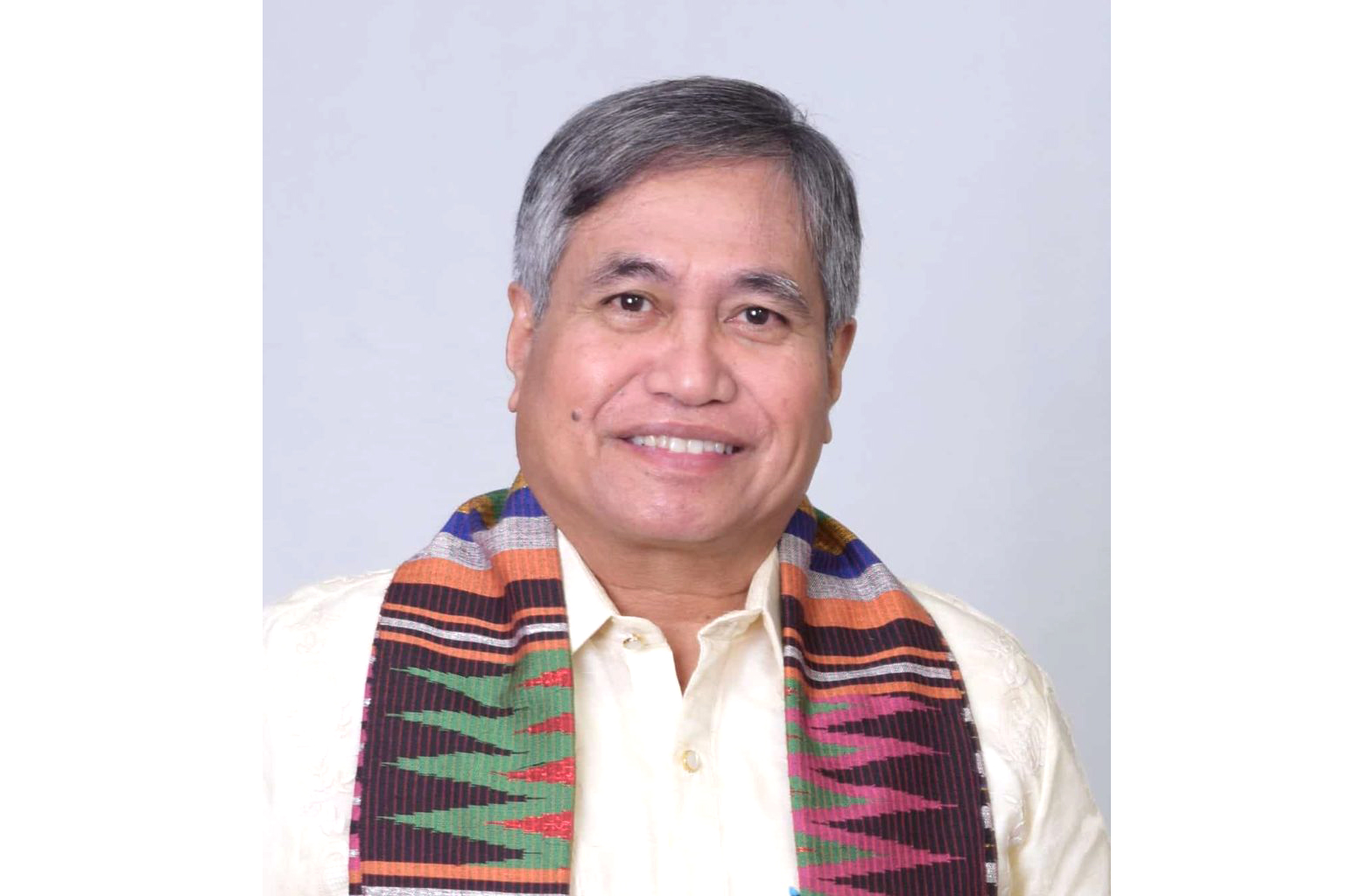FROM THE MARGINS

I had the opportunity to experience the famous Kadayawan Festival, Davao City’s annual cultural celebration that features street dancing, floral float parades, concerts and other activities. Held every third week of August, the Kadayawan highlights the rich and diverse cultures of Davao’s eleven ethnolinguistic communities: the Bagobo-Tagabawa, Bagobo-Klata, Ata, Matigsalug, Obo-Manuvu, Maguindanaon, Iranun, Sama, Tausug, Kagan and the Maranao. The festival traces its roots from the age-old tradition of tribes living on the foothills of Mt. Apo to hold a feast to thank the Creator for their bountiful harvests.
Together with my family, I basked in the colorful cultural experience of the Kadayawan Festival via a Heritage Tour hosted by Hijos Tours, a social enterprise that trains microfinance clients as tour guides well-versed in local history, culture and tourism. We visited the Poblacion Market and enjoyed the impressive array of native products on offer: handbags, wallets, malong, jewelries, accessories and freshwater pearls. We saw many local tourists buying souvenirs. Raffy, our tour guide, told us that most of the products being sold were supplied by clients of microfinance institutions (MFIs). That made me so happy!
Raniesar Jihan, a 38-year old tattoo artist, is one of the many micro-entrepreneurs selling goods at the Roxas Night Market. He designs fashion accessories like bracelets, anklets and earrings and sells them at a market stall. He also goes to fiestas/festivals to peddle his wares and has been to Samal Island, Zamboanga Sibugay, Bohol and Cebu. Raniesar joined an MFI in 2014 to borrow capital for his microenterprise. He has completed several loan cycles for his business and learned about credit discipline: to borrow money only when necessary, to limit the amount of loans and use it for business rather than consumption, and to save for the future. He said his savings and microinsurance helped when his mother got sick and when business was difficult during the pandemic.
Because of the pandemic, this is the first time that the Kadayawan Festival resumes in actuality (it was celebrated online in 2021-2022). We enjoyed the festivities at the Magsaysay Park, where the Kadayawan Tribal Village is situated. Going around the area, we witnessed the dance of the Ata Tribe and explored the traditional house of the Bagobo-Klata Tribe. I met Perla Ignacio, a tribal member, who has been a microfinance client for the last five years. She told me that she was able to obtain a P10,000 microfinance loan for her sari-sari store business, which is doing well. She also happily shared that her durian trees are now fruiting and provide an additional source of income. She welcomes the Kadayawan Festival as the influx of tourists assure them of brisk sales. Their MFI center in Boapjp Dianga, Purok 2, Tumbok District, has 50 members.
Exploring further, we witnessed the Obu-Manuvu Tribe dancing in their colorful costumes. This tribe is known for making jewelries and weaponries. Then we were introduced to the Matigsalug Tribe who mostly live along the river banks. I was told that hunting and fishing are their main sources of income. Our tour guide, Raffy, a true-bloodied Bagobo-Tagabawa, told us that their tribe lives at the foot of Mount Apo and are famous for their skills in agriculture, especially in growing abaca, and in making brass weaponry.
It really was an enjoyable visit. We visited the house of the Iranun tribe. In books, the Spanish colonizers called this tribe moros or pirates, but accordingly, for the Mindananoans, they are very brave heroes who fought foreign invaders. We watched the Bangsa Sama tribal dance, then enjoyed a sumptuous dinner of sinugbang pompano, tuna, chicken entrails and other native delicacies.
The next day, I was privileged to see a Bagobo-Tagabawa heritage dish being cooked. The nilotlot na manok sa gata is native chicken cooked inside a bamboo stalk with coconut milk, lemon grass, ginger, garlic, onions and leeks. The mother-daughter tandem of Marietta Antes and Mylene Manapol cooked for us and demonstrated how to cut the bamboo in half, releasing the dish’s delicious aroma. Since cooking nilotlot is tedious, orders must be made in advance to Nanay Marietta. She is the center chief of her microfinance group. She borrowed from the MFI to operate a sari-sari store and carinderia, serving indigenous cuisines to clients. Promoting indigenous cuisines is a good practice to ensure that they are passed on to the next generation, as what Nanay Marietta and Mylene are demonstrating.
The Kadayawan Festival made me realize how much microfinance is helping our indigenous tribes: providing livelihood while promoting traditional clothes, cuisines, handicrafts, jewelries and other indigenous crafts. I am very happy to know that MFIs’ operations in poor areas in Mindanao are not only making financial services accessible to unserved/underserved communities; they are also keeping indigenous culture alive. Cultural preservation is very important. In the wise words of Mahatma Gandhi: “A nation’s culture resides in the hearts and the soul of its people.”
(Dr. Jaime Aristotle B. Alip is a poverty eradication advocate. He is the founder of the Center for Agriculture and Rural Development Mutually-Reinforcing Institutions (CARD MRI), a group of 23 organizations that provide social development services to eight million economically-disadvantaged Filipinos and insure more than 27 million nationwide.)